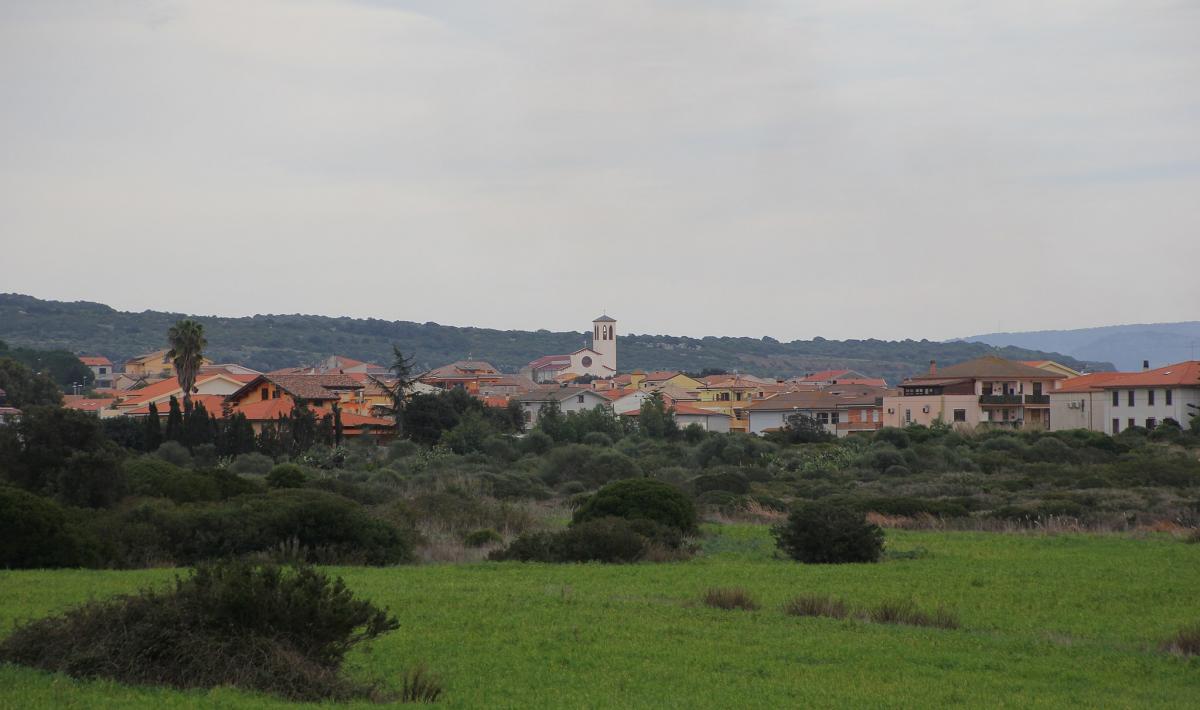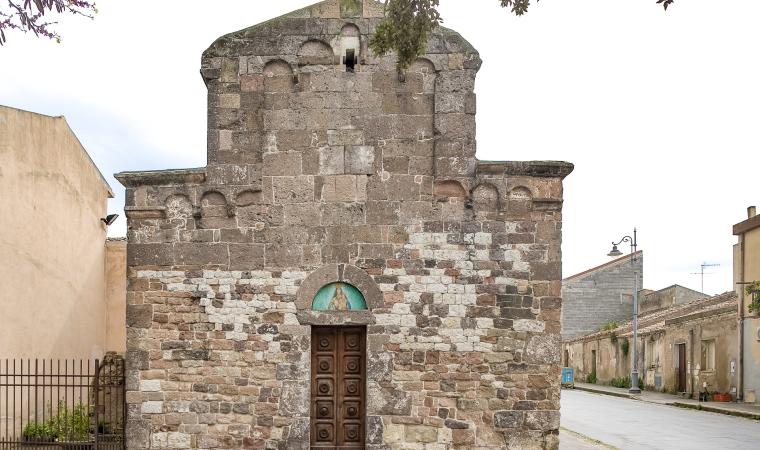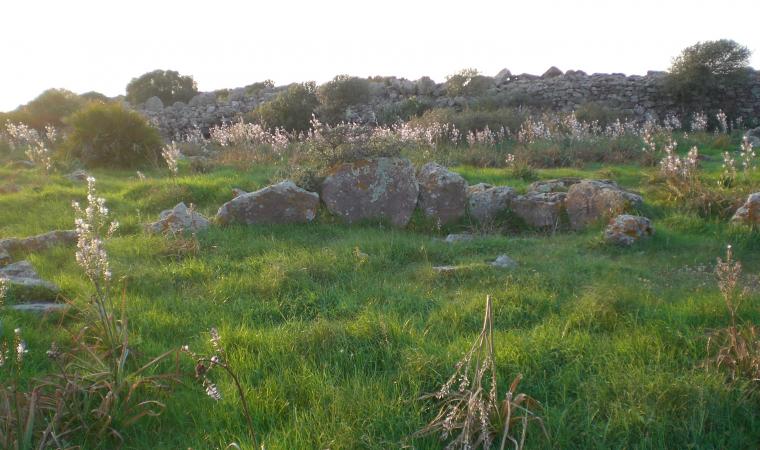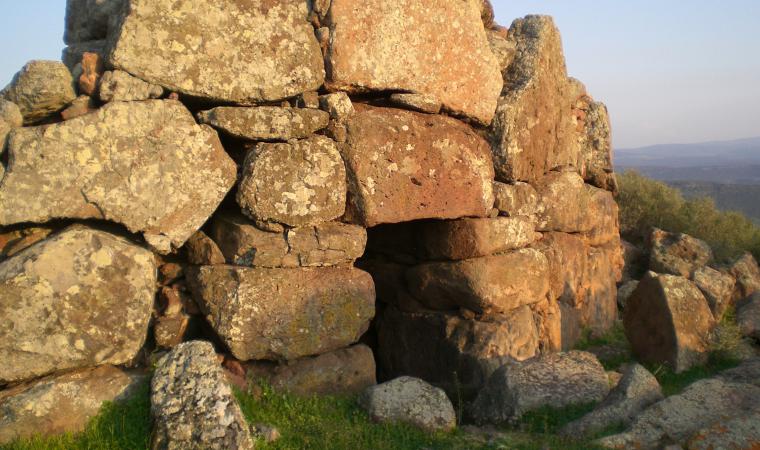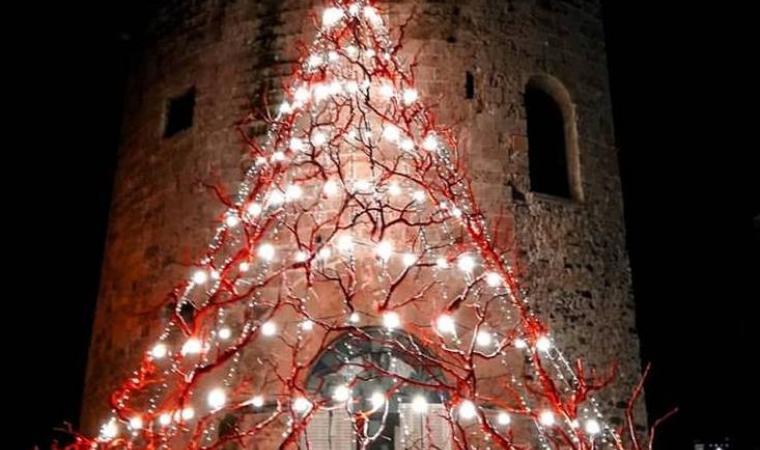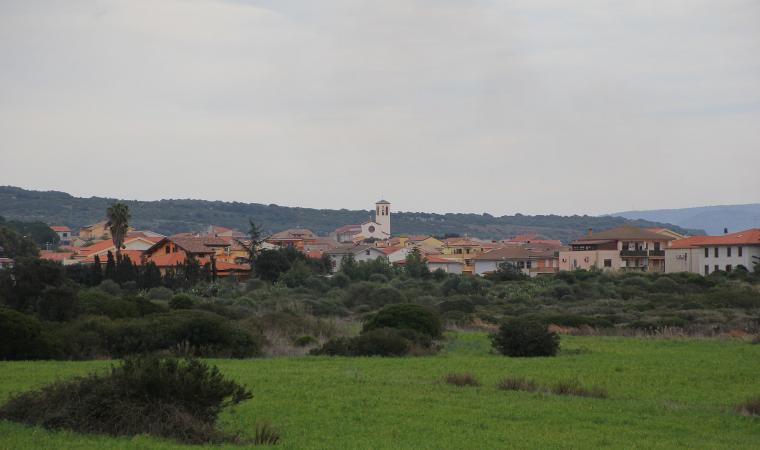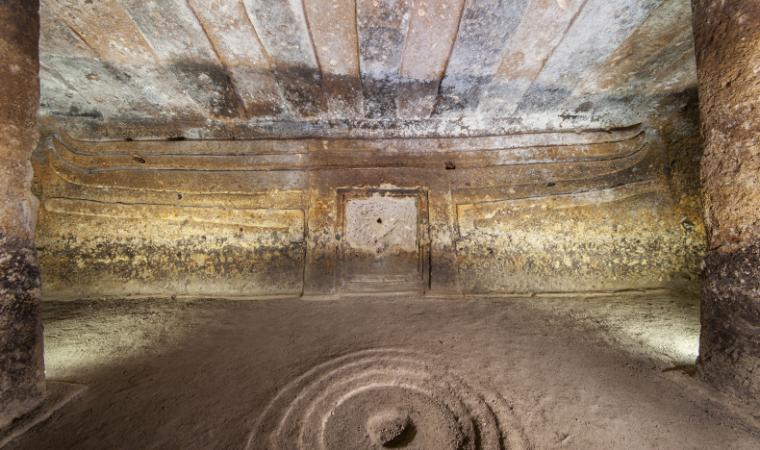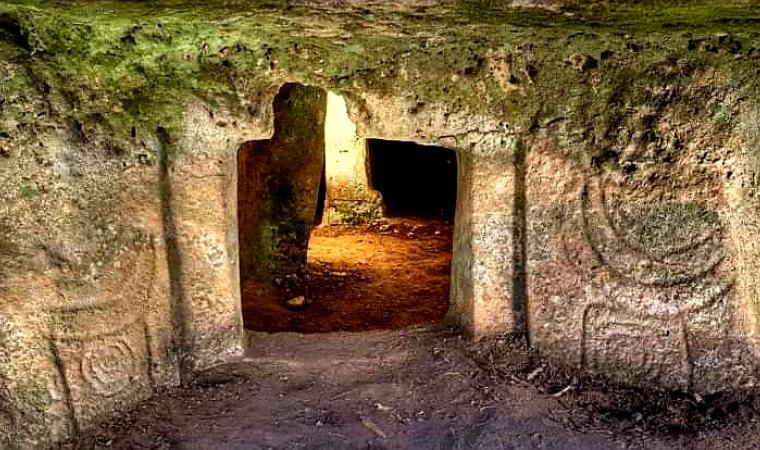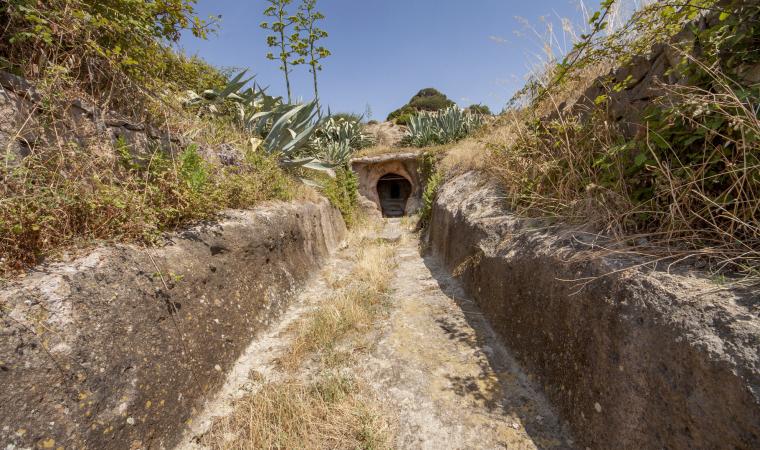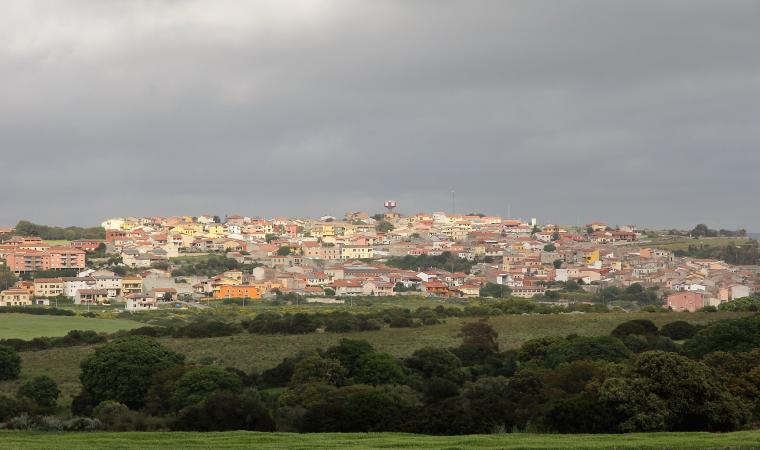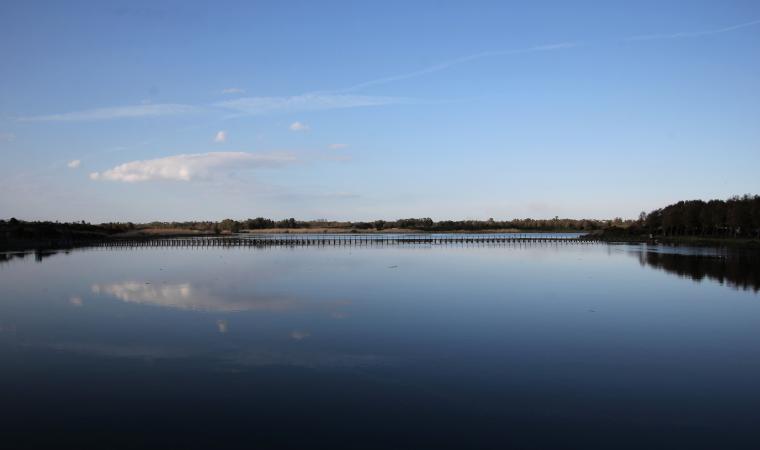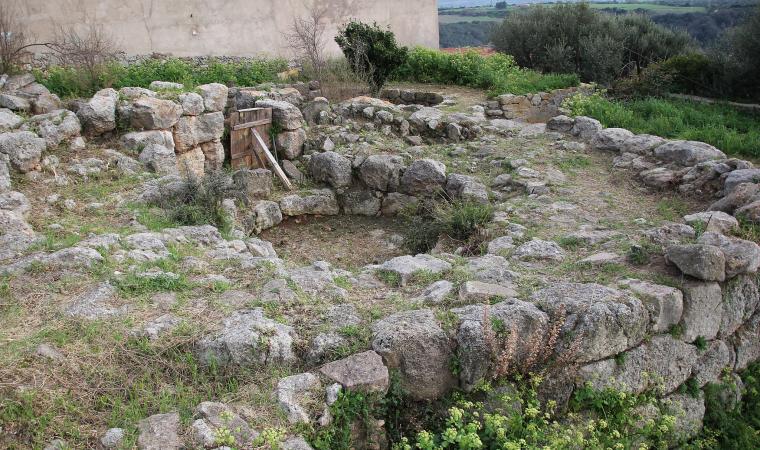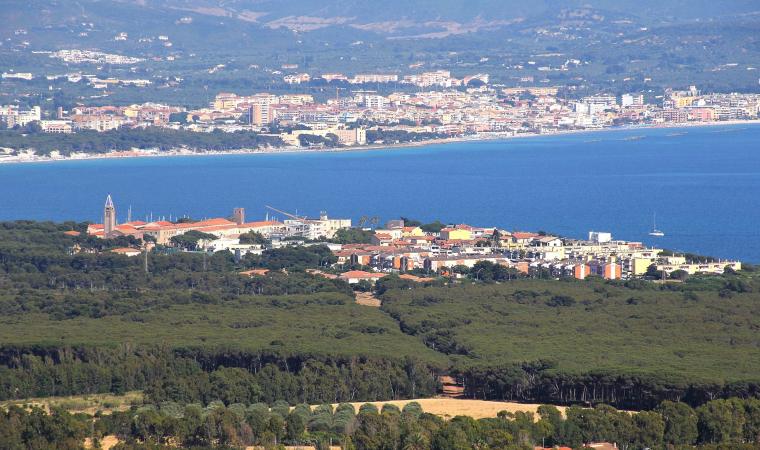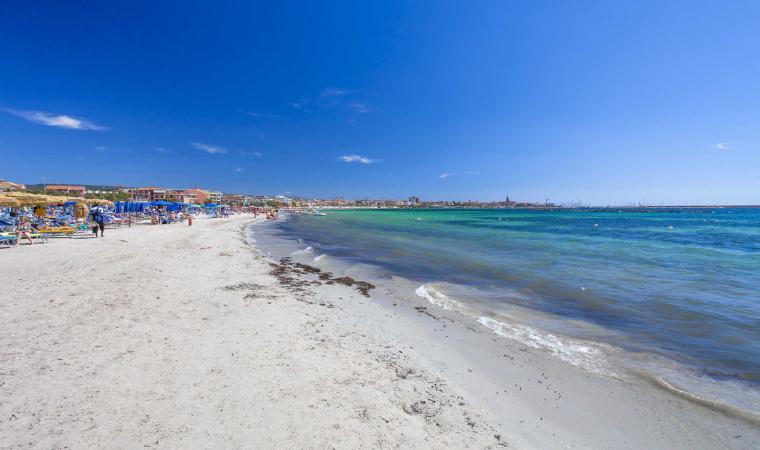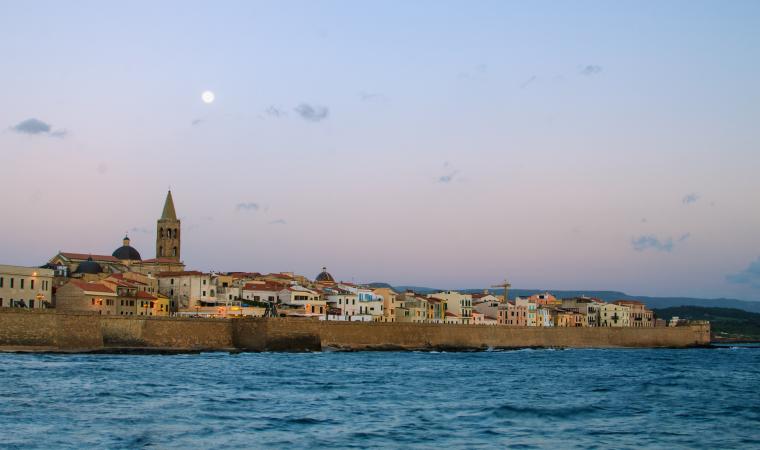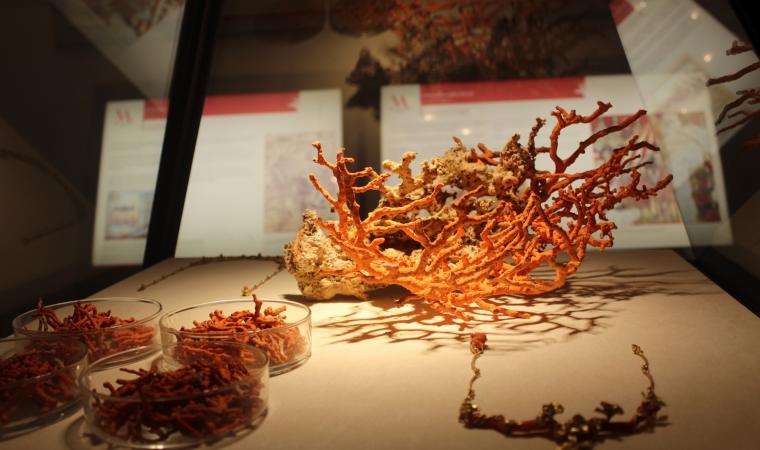The town is situated not far from the slopes of Mt. Rosso, an area marked by limestone and volcanic rock, a treasure trove of archaeological treasures. Some four thousand people live in Olmeda, a growing town in the heart of Nurra, 10 km from Alghero about 20 from Sassari. The dialect spoken here is logudorese, graced with phonetic accents borrowed from Sassarese. The town’s name indicates that there was once an extensive woods of elm trees, some of which still grow here today, although oak, cork and Mediterranean shrubbery is now more abundant. Livestock farming is the town’s main form of sustenance and its dairy products are excellent: pecorino, mustia ricotta and bonassai (a rectangular caciotta). The spiny artichoke stands out among the crops grown here. In early September they have the Olmedo Produces arts and crafts fair featuring embroidery, wood carving, weaving, wrought iron and fine honey.
Baking is another speciality, one of symbolic importance on a daily and ceremonial basis. In early November is the bread show where you can relive the ancient art of bread making and admire elaborate results like piccadu and fioridu. The underground is also rich in resources: the Graxioleddu mine, Sardinia’s only bauxite (used to make aluminium) pit, is located here. Low houses and noble residences line the tidy streets of the old centre, dominated by the Roman-Pisan church of Nostra Signora di Talia, built of limestone, trachyte and red tuff in the early XI century, restored in the mid-1900s. The celebrations in her honour in early May are heartfelt. At Christmas it is home to a crèche made of bread, including the landscape and sacred figures. During celebrations, you’ll get to see the traditional embroidered garments and enjoy the special sweets: amarettos, casadinas, pabassinos and tiriccas.
The first traces of man are the domus de Janas at the santu Pedru necropolis, decorated with stylised bulls and false doors, symbols of fertility and the transition to the afterlife. Three kilometres out of town is one of the most remarkable pre-Nuragic fortifications of the Copper Age (2500-2000 BC), the monte Baranta megalithic complex known as su Casteddu. Inside you’ll find the wall-tower, a huge horseshoe-shaped fortress. The thick walls are a 100 m long, 5 m wide and average 2.5 m in height. It defended the town, of which you can still see traces of rectangular dwellings. The area of worship features a megalithic circle marked by eighty boulders, including a few menhir. There are more than 20 nuragic structures in the Olmedo area, including monte Ortolu (corridor style), Masala (with tholos) and sa Femina, in town. The Talia nuraghe is of great interest, a fig tree grows at its centre and has helped preserve the seven rows of stone. The area is blessed with plenty of water, and nearby there is a small thermal baths that was once part of a four-room Roman villa with marble panelling and some traces of mosaics. The Mannu nuraghe is the most important of the Bronze Age structures to reach us. It has a room with a tholos (domed) ceiling and is (today) six metres high. Archaeologists found one of the most extraordinary bronze models of a five-towered nuraghe, Nuragic vessels, Etruscan, Phoenician and Roman artefacts at the well temple in Camposanto. These priceless items are on display at the G.A. Sanna Museum in Sassari.

